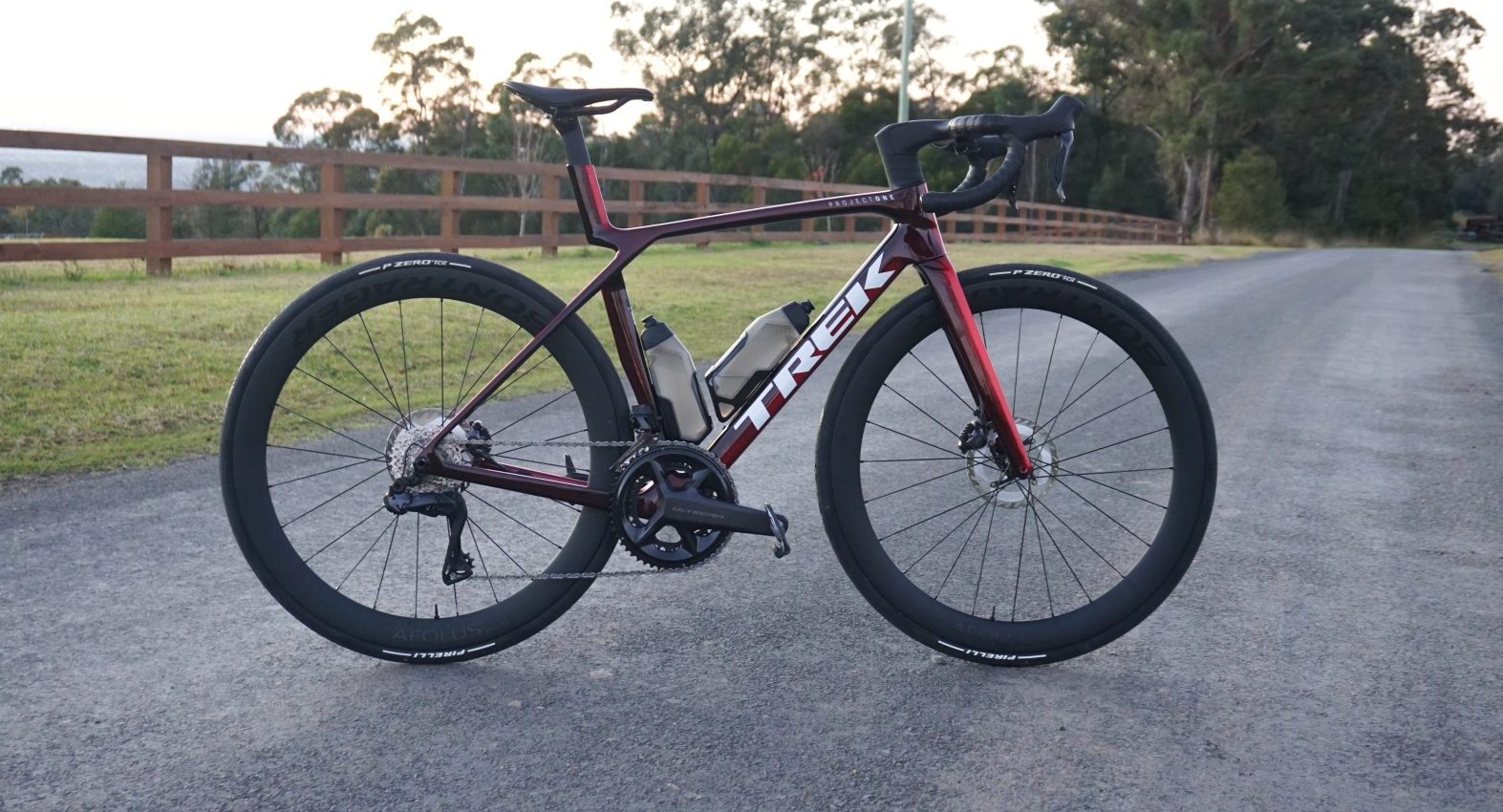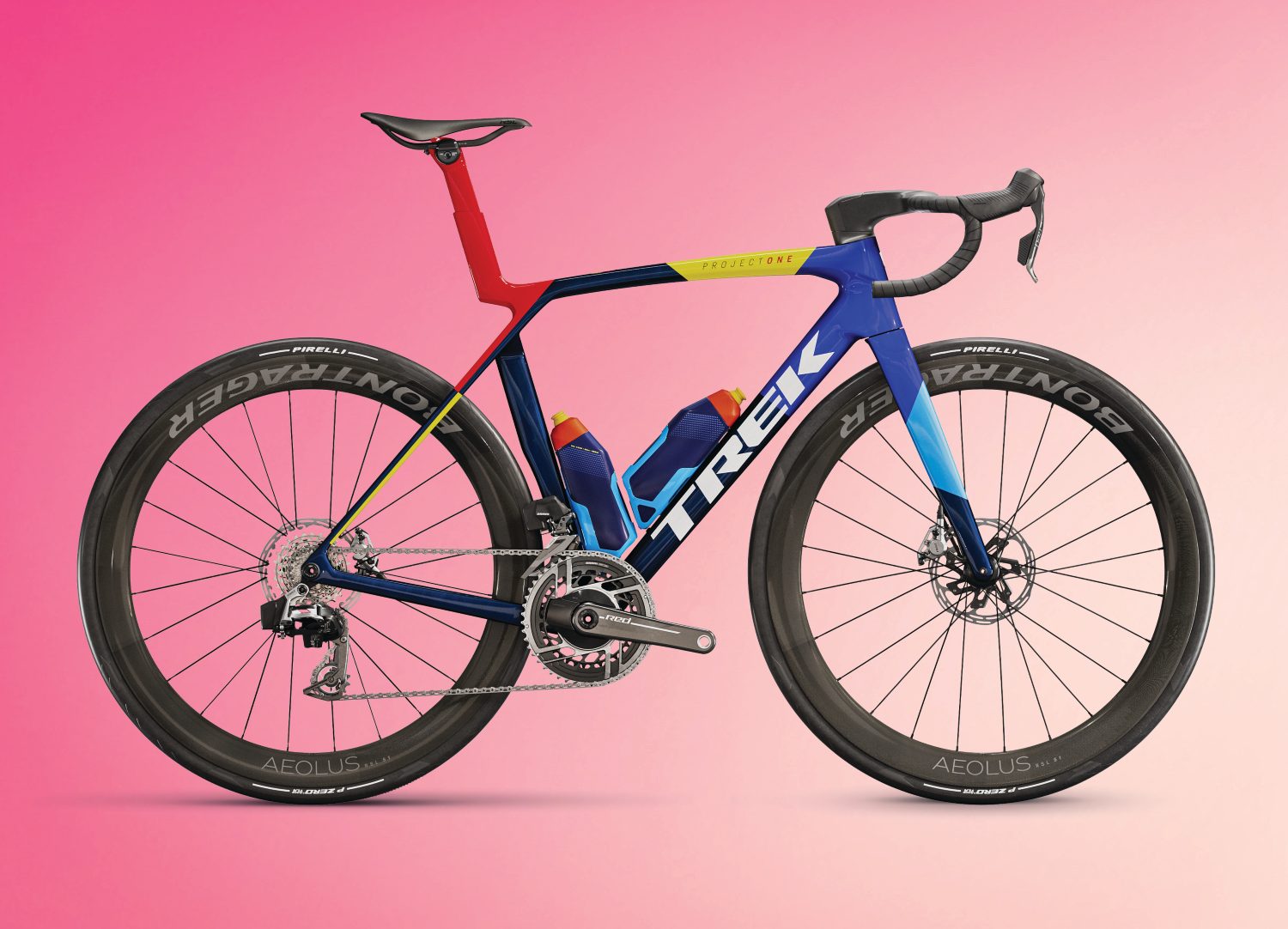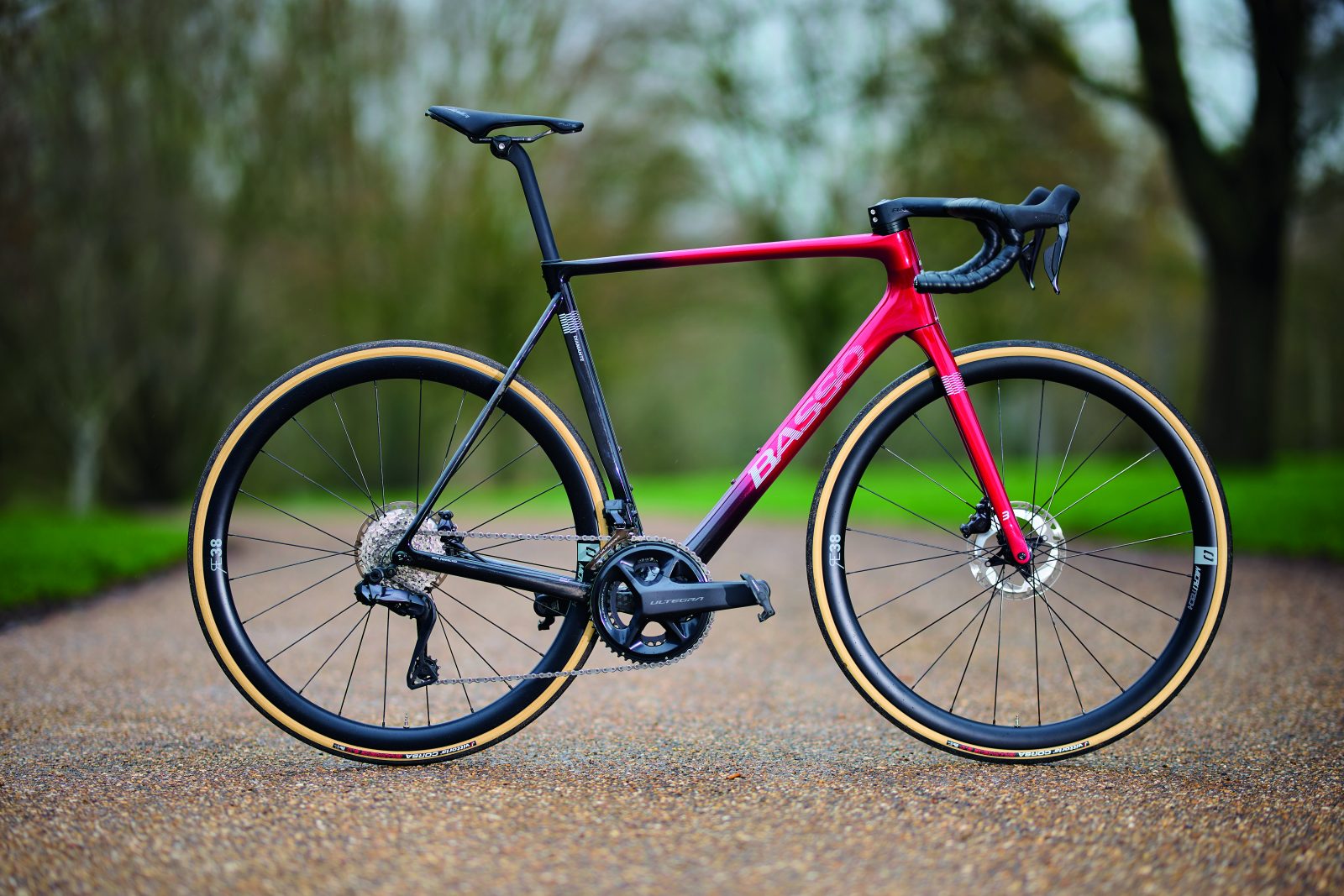As an easy source of carbs, pasta is often seen as the ultimate cycling fuel, but that doesn’t mean that more is always better
Back in the 1970s, when Aussies lived on snags off the barbie, pies and Sunday roasts, pasta was seen as a fancy, exotic foreign dish. Then, as scientists began to learn more about the constituents of food, it became hugely popular. It was cheap, easy to prepare and it gave you energy for an active lifestyle. How times change.
‘Pasta is a good carb food, but it seems to have fallen out of favour,’ says Nigel Mitchell, head of nutrition at Team Sky. ‘Recent thoughts around gluten have made people carbophobic. We still use it but in quite small amounts. Some riders have it for breakfast on the morning of a big race – three hours before so there’s more getting through the system – and we also use it post-race for recovery.’
More on recovery later, but first let’s look at gluten – a dirty word, it seems, yet it’s there in most shop-bought pasta.
Gluten is a starchy protein compound found in wheat and grains that gives pasta its elasticity, but not everyone can tolerate it. ‘For some people with gluten sensitivity, the most common forms of pasta can cause bloating, stomach pain and diarrhoea,’ says sports nutritionist Drew Price. ’Yet only a tiny proportion of people who have been tested for gluten sensitivity have actually tested positive. There are a lot of different factors at play and there’s still a lot we don’t understand about gluten.’
Coeliac disease – a genetic condition that causes gluten to react adversely with the immune system – is serious, but actually quite rare. The National Foundation for Celiac Disease says it affects only around 1% of the US population, for example. Yet that hasn’t stopped an entire industry being built around ‘gluten-free’ foods.
Let’s assume you don’t have celiac disease. The trick is still not to overdo it. ‘I’m not overly keen on pasta in large portions,’ says Mayur Ranchordas, senior lecturer in sport and exercise nutrition and physiology at Sheffield Hallam University. ‘It’s high carb and high GI so it gives energy quickly, yet if you have too much you can feel bloated an hour later [even if you don’t have celiac disease]. That’s not great on the bike. But it’s highly individual and you need to listen to your body.’
It’s not all white
Gluten isn’t the only issue surrounding the use of pasta as a pre-ride meal.
‘Pasta covers a multitude of sins,’ says Adam Carey, sports nutritionist and CEO of Corperformance. ‘Most dry pasta is refined so it’s no better than eating white bread. It’s filling, and a great way of taking on calories, but how much do we need? Once your liver glycogen is full you can’t store it. If you want to refuel, pasta will do that with knobs on but it’s not the best way to do it because excess calories will be stored as fat.
‘Refined pasta tricks your body into producing more insulin than unrefined pasta,’ Carey adds. ‘A high insulin response tops up liver glycogen very aggressively and leaves you prone to insulin spikes. Refined carbs inhibit your body’s ability to burn fat so it burns sugar, and you end up having peaks and troughs where you keep reaching for another energy gel. You’re also working your pancreas hard, which is a primary driver for Type II diabetes.’
Wholewheat varieties are better, but the potential drawbacks don’t end there. ‘Eating pasta the night before a race is a common mistake,’ Carey adds. ‘So is carb loading. If you have your last ride a few days before a race, your muscle glycogen won’t be depleted the night before the event. Your liver glycogen will be a little, but there won’t be much to top up. The calories you consume by carb loading will be stored as fat.’
He has a useful analogy: ‘People think their energy system is like a petrol tank, but it’s not made of metal. It’s more like a stretchy bag that will fill and expand and then contract. You can’t simply eat a load of pasta and think you’re topped up. The body is far more complicated than that.’
Ranchordas agrees that pasta is not the ideal food to eat before a training session. ‘There’s a growing body of evidence that you should withhold carbs and train in a slightly fasted state to increase training adaptation, increasing the endurance within your cells. Pro riders are very economical at using fuel and even you, on a five-hour ride, don’t metabolise carbohydrate as much you’d think. There’s too much emphasis on carbs but it’s hard to get the message right – and hard to get the balance right.’
Price agrees: ‘I’m a fan of the “train low, compete high” methodology, but like any tool you have to use it right. Mixing slightly less well fuelled rides with well fuelled ones will in theory improve your carb storage and fat utilisation mechanisms, but high-carb rides also allow you sessions where you can train at a higher intensity. This is where a little coaching can be useful.’
When to plate up
‘The best time to eat pasta is if you’re doing two or three sessions in one day, back to back like an elite athlete would,’ says Carey. ‘Eating pasta after one session, about an hour before the second, will aggressively recharge your batteries and ensure you have good muscle glycogen. Just make sure you eat brown pasta, because you will be switched on for a longer period of time.’ This is because brown pasta has a slightly lower score on the glycaemic index of how foods affect blood sugar.
Few people eat pasta unaccompanied, so the toppings you dollop over it can add extra benefits. Tomato sauce is an obvious one but Mitchell adds chicken
to Sky’s pasta dishes to ensure his riders are taking on protein.
‘Cyclists often neglect protein,’ says Ranchordas. ‘But it’s just as important as carbs, if not more so. Add meat and vegetables to pasta to make it more nutritionally complete.’
Pasta, then, doesn’t have to be a pre-ride energy meal – it can be better after a session than before, if you up the protein content to help the muscle recovery process.
And, ultimately, a little of what you like won’t hurt you, Carey says. ‘As long as you don’t eat so much you can’t pedal, it still has its place.’



